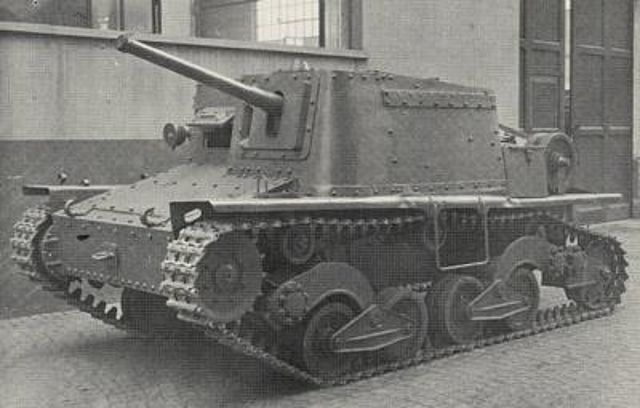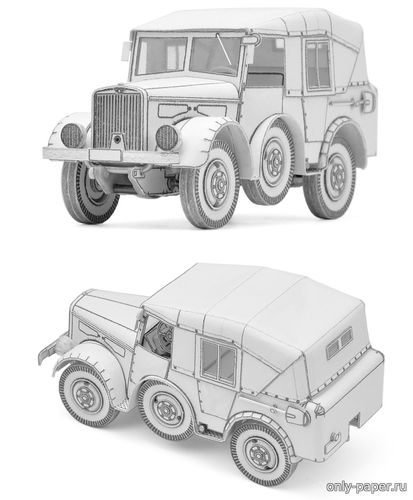
Italian self-propelled guns of World War II

Italian self-propelled guns of World War II
In the 30s and 40s, the Italian industry, with rare exceptions, produced tanks of not the highest quality and with poor parameters. However, at the same time, the Italian designers managed to develop several very successful ACS designs on their chassis, which will be discussed in the article.
There were several reasons for this. One of them was a corruption scandal in the early 30s, when FIAT and Ansaldo received a monopoly on the supply of armored vehicles for the Italian army, in which senior officers (including Marshal Hugo Cavaliero) often owned their shares. Of course, there were more problems, including some backwardness of some branches of Italian industry, and finally, problems with the development of a coherent strategy for the development of the armed forces.
For this reason, the Italian army lagged far behind the world leaders, and the trends were set by the British, French and Americans, and from about 1935 also by the Germans and the Soviets. The Italians built the successful FIAT 3000 light tank in the early days of armored armament, but their later achievements deviated considerably from this standard. After it, the model, in line with the model proposed by the British company Vickers, was identified in the Italian army by tankettes CV.33 and CV.35 (Carro Veloce, fast tank), and a little later, the L6 / 40 light tank, which was not very successful and was several years late ( transferred to service in 1940).
The Italian armored divisions, formed from 1938, were to receive artillery (as part of a regiment) capable of supporting tanks and motorized infantry, which also required motor traction. However, the Italian military closely followed the projects that appeared since the 20s for the introduction of artillery with high terrain and greater resistance to enemy fire, capable of launching into battle along with tanks. Thus was born the concept of self-propelled guns for the Italian army. Let's go back in time a bit and change the location...
Pre-war self-propelled guns
The origins of self-propelled guns date back to the period when the first tanks entered the battlefield. In 1916, a machine was designed in Great Britain, designated the Gun Carrier Mark I, and in the summer of the following year it was created in response to the lack of mobility of towed artillery, which could not even keep up with the first slow-moving guns. movement of tanks over difficult terrain. Its design was based on a significantly modified Mark I chassis. It was armed with a 60-pounder (127 mm) or 6-inch 26-cent (152 mm) howitzer. 50 cranes were ordered, two of which were equipped with mobile cranes. The first self-propelled guns made their debut in combat during the Third Battle of Ypres (July-October 1917), but did not have much success. They were rated as unsuccessful and were quickly converted into armored personnel carriers carrying ammunition. Nevertheless, the history of self-propelled artillery begins with them.
After the end of the Great War, various structures were flooded. The division of self-propelled guns into different categories was gradually formed, which, with some changes, has survived to this day. The most popular were self-propelled field guns (cannons, howitzers, gun-howitzers) and mortars. Self-propelled anti-tank guns became known as tank destroyers. To protect armored, mechanized and motorized columns from air attacks, self-propelled anti-aircraft installations (such as the Mark I of 1924, armed with a 76,2-mm 3-pounder gun) began to be built. In the second half of the 30s, the first prototypes of assault guns (Sturmeschütz, StuG III) were created in Germany, which were actually a replacement for infantry tanks used elsewhere, but in a turretless version. In fact, support tanks in Britain and the United States, and artillery tanks in the USSR, were somewhat the opposite of this idea, usually armed with a larger caliber howitzer than the standard cannon of a tank of this type and ensuring the destruction of enemy fortifications and points of resistance.
